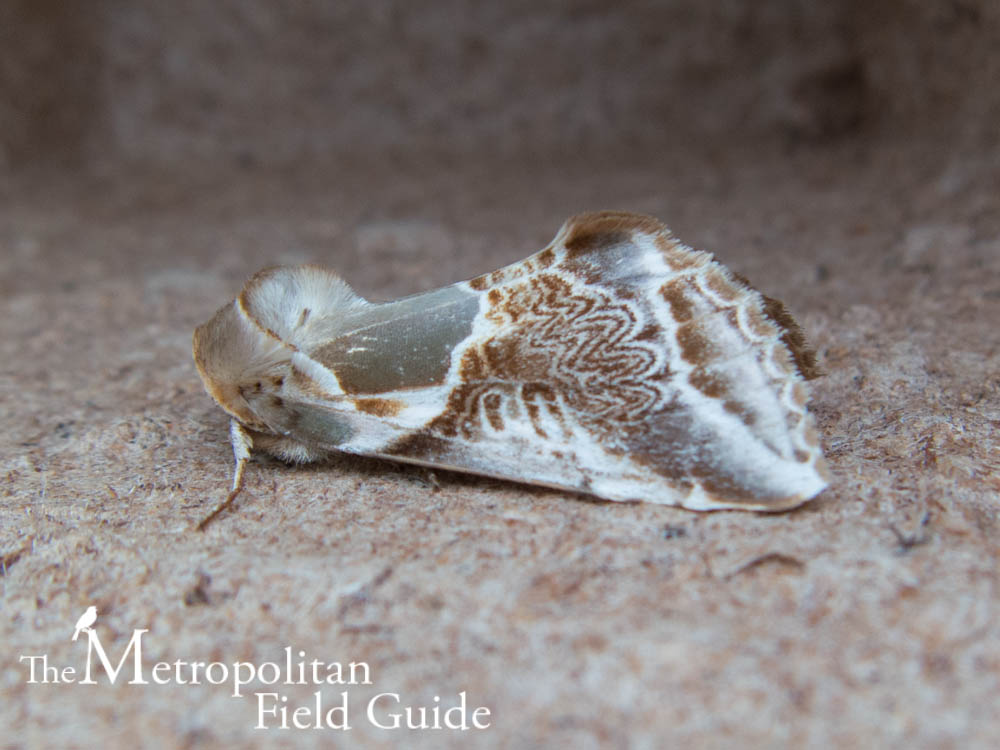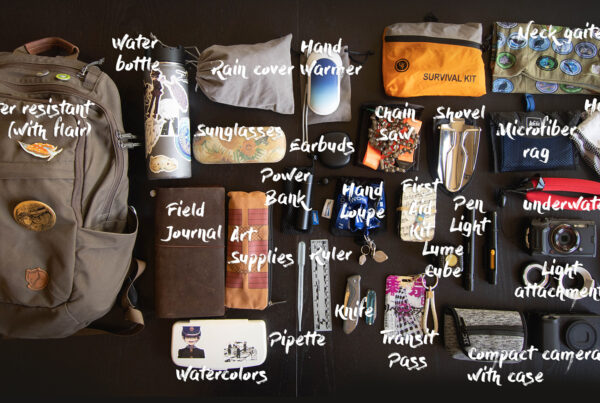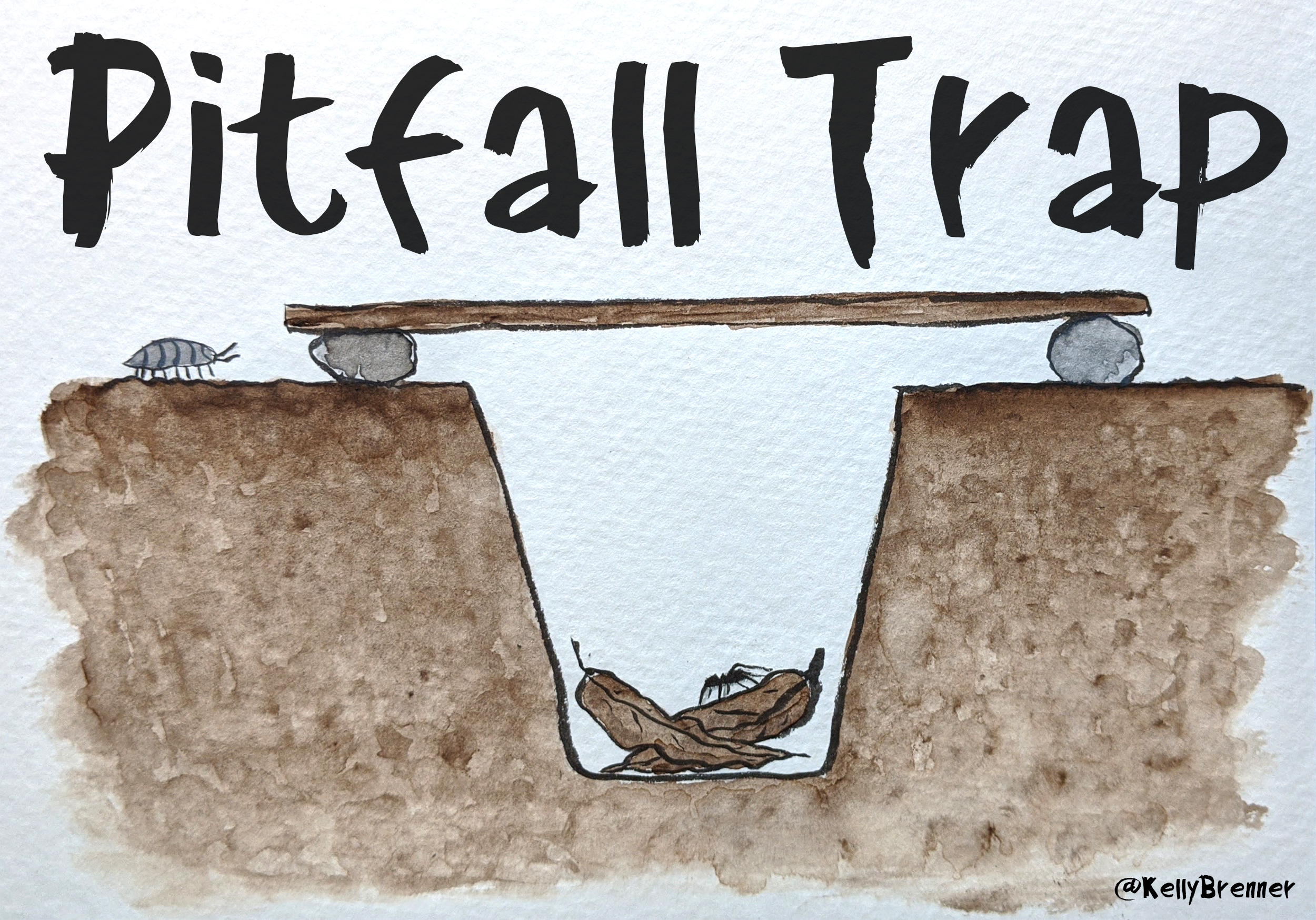This was originally published on Native Plants & Wildlife Gardens.
Mother: One who watches moths.
This week is National Moth Week and although it’s nearly over, you still have time to get out and see some moths. Moths are one of nature’s most interesting insects, and incredibly numerous. Think a moth is drab and boring? Do a quick search for plume moths, or a Rosy Maple Moth. Personally, I love the subtle beauty of the shapes and patterns of moths. They have more natural, understated beauty like Ingrid Bergman while butterflies are flashier and brighter like Marilyn Monroe. While butterflies get the vast majority of the glory, moths outnumber them 14-1. There are 11,000 species in North America and over 142,000 in the world. They often fly at night making them seem less numerous. Unlike other night prowlers like bats, moths are easy to find and watch in your own yard. It can be as simple as leaving your porch light on during the night, or going high tech with special lights and traps.
The first thing you should do is go buy Discovering Moths: Nighttime Jewels in Your Own Backyard. It’s a book which will give you all the information and enthusiasm about moths you need to get started.

Pale Beauty (Campaea perlata)
There are several methods you can use to attract moths for viewing. First, simply leave your porch lights on all night and check the area around them first thing in the morning. Additionally, if you’re a night owl, hang up a white sheet and set up some lights to shine on it. You could also simply use the side of a building. There are many suggestions for what types of lights to use. On the simple end, you could try an ultraviolet light, a full spectrum light or even just a regular house light bulb. On the more complicated end, you can get into mercury vapor lights (unless you have neighbors close by because they’re very bright).
If you want to take your mothing a step further, you could try baiting or sugaring. This is fairly simple and you only need a few common ingredients. One recipe calls for an over-ripe banana, rum (hopefully a cheap kind), beer and some brown sugar. As a bonus, the recipe author recommends tasting the rum and beer for freshness first. Once you have this concoction ready to go, you can brush it onto trees or if you’re short on trees, get some rope, soak it in the brew and hang it up.

Western Tent Caterpillar (Malacosoma californicum)
If, like me, you have a hard time staying awake to watch moths at night, try making a moth trap. The simplest approach is a bucket with a lamp shade. During a recent thrift store trip, I found the materials to build a moth trap for only a few dollars. You’ll want a bucket, but it could be a plastic waste bin or something along those lines. Then look for an old lamp shade, something to act as a funnel and hold your light bulb. Lastly, you’ll need something for the moths to settle on inside the trap so they don’t damage their wings flying around. Many people use egg cartons, but I found small containers generally used for plant starts, which work just as well. If you prefer, you can buy fancy, pre-made light traps as well. There are many, many suggestions on building various moth traps online, just do a little researching.
Moths are harder to find during the day, but some are day fliers and if you know where to look, you can find some of the night fliers hiding away. Here are some tips for a daytime moth hunt.

Thrift Store Moth Trap
Once you have attracted your moths, take photos of them. National Moth Week has a Flickr group where you can share, you can join the North American Moth Photographers Group, or share on your own photo pages. I’ve been keeping a Flickr album of all the moths I’ve found in our yard this year. Take a look.
Identifying moths is a tough challenge. Fortunately there are many resources to help. If you’re in the Pacific Northwest, try the new Pacific Northwest Moths website. Butterflies and Moths of North America is an excellent website full of data as well. BugGuide is one of my favorite resources online and you can simply add a photo and experts will identify it for you. If you live in the the Northeast, you’re very lucky to have a new field guide, Peterson Field Guide to Moths of Northeastern North America. For the (very serious) others in the western half of the country there is Moths of Western North America. Also for the Pacific Northwest is a free document Butterflies and Moths of Pacific Northwest Woodlands and Forests (PDF) and Macromoths of Northwest Forests and Woodlands website.
Of course, using lights and traps will be a whole lot more productive if you landscape for moths. Here are some tips to Design for Moths and to create a Night Blooming Garden.






